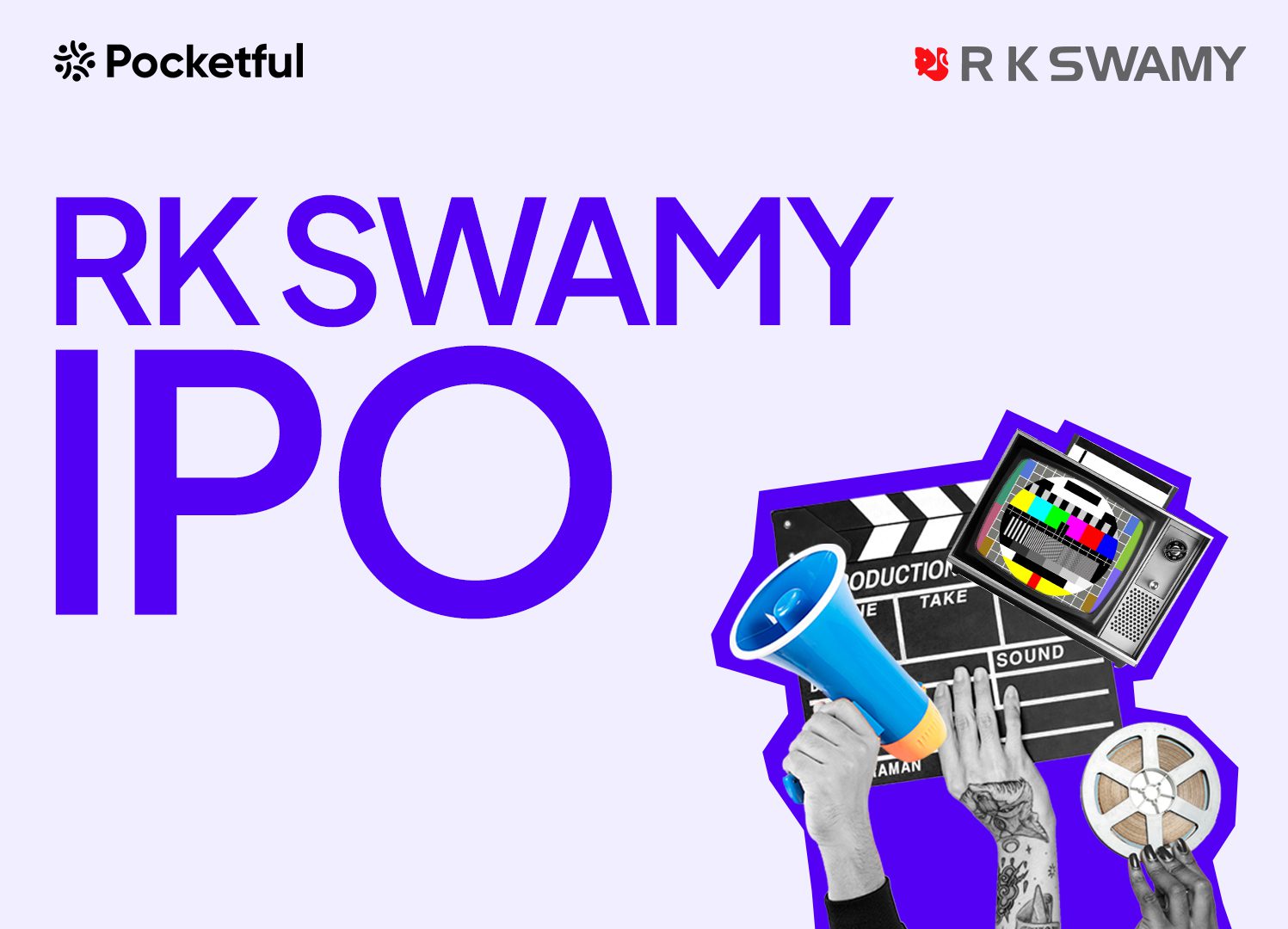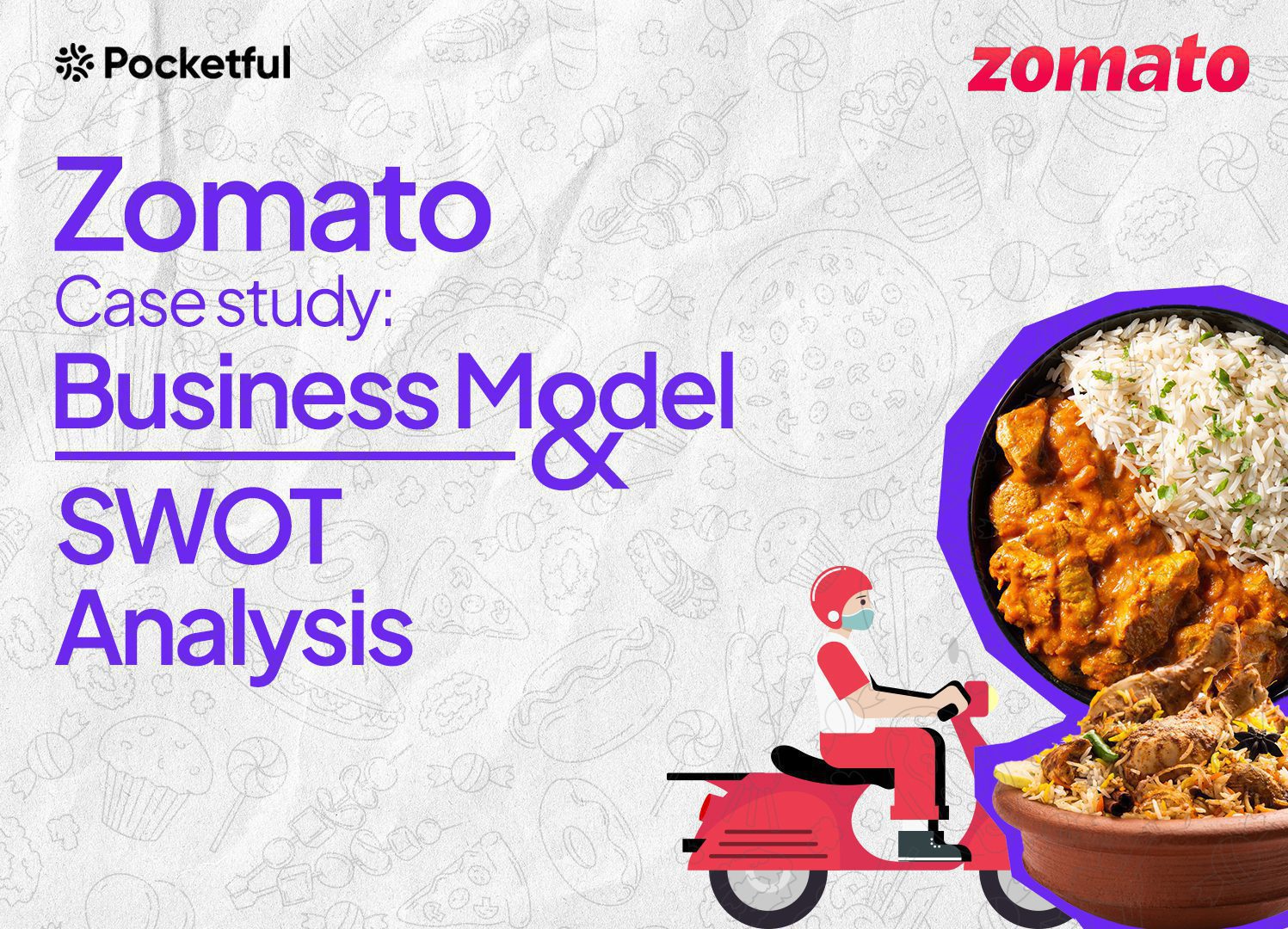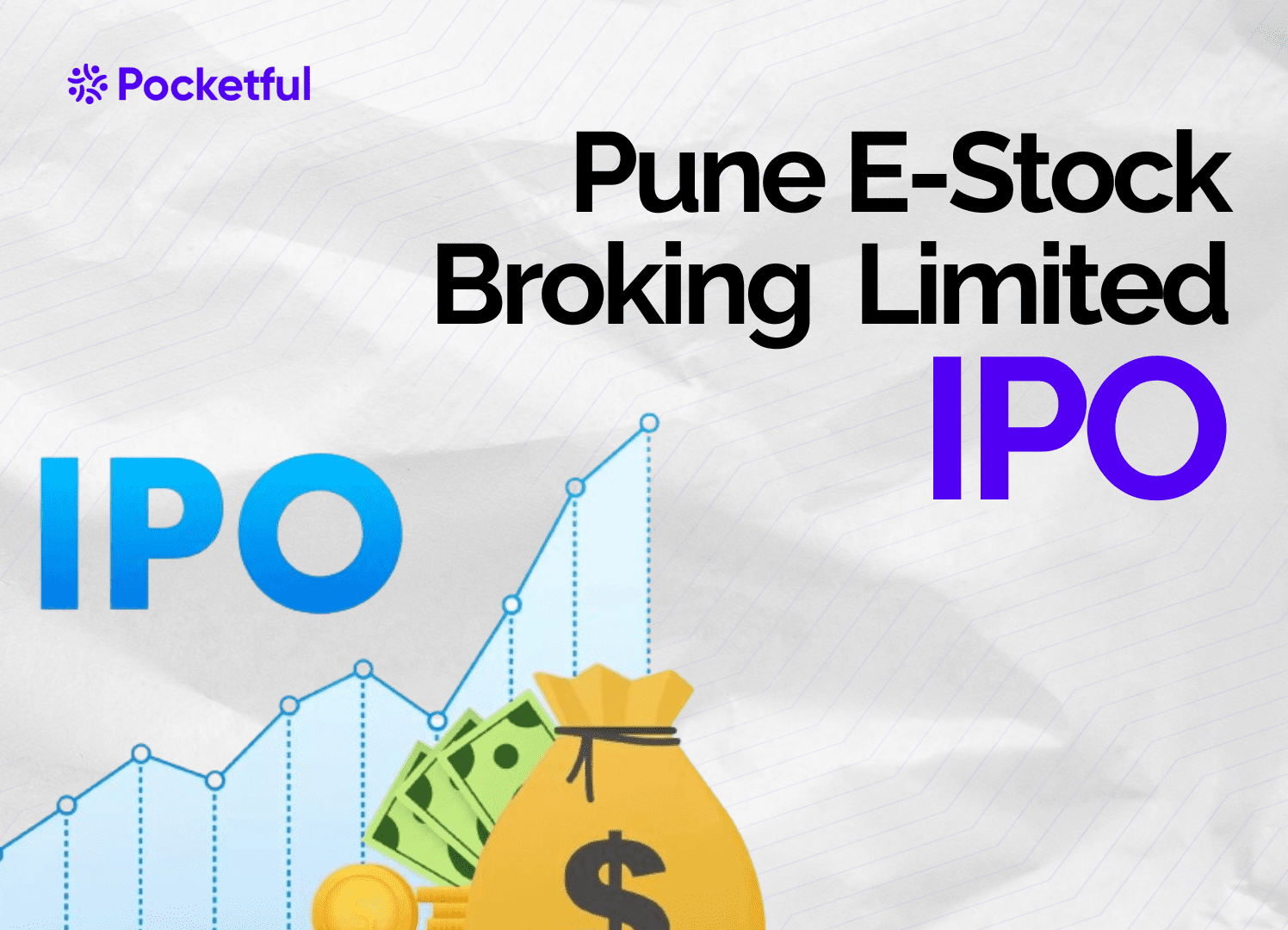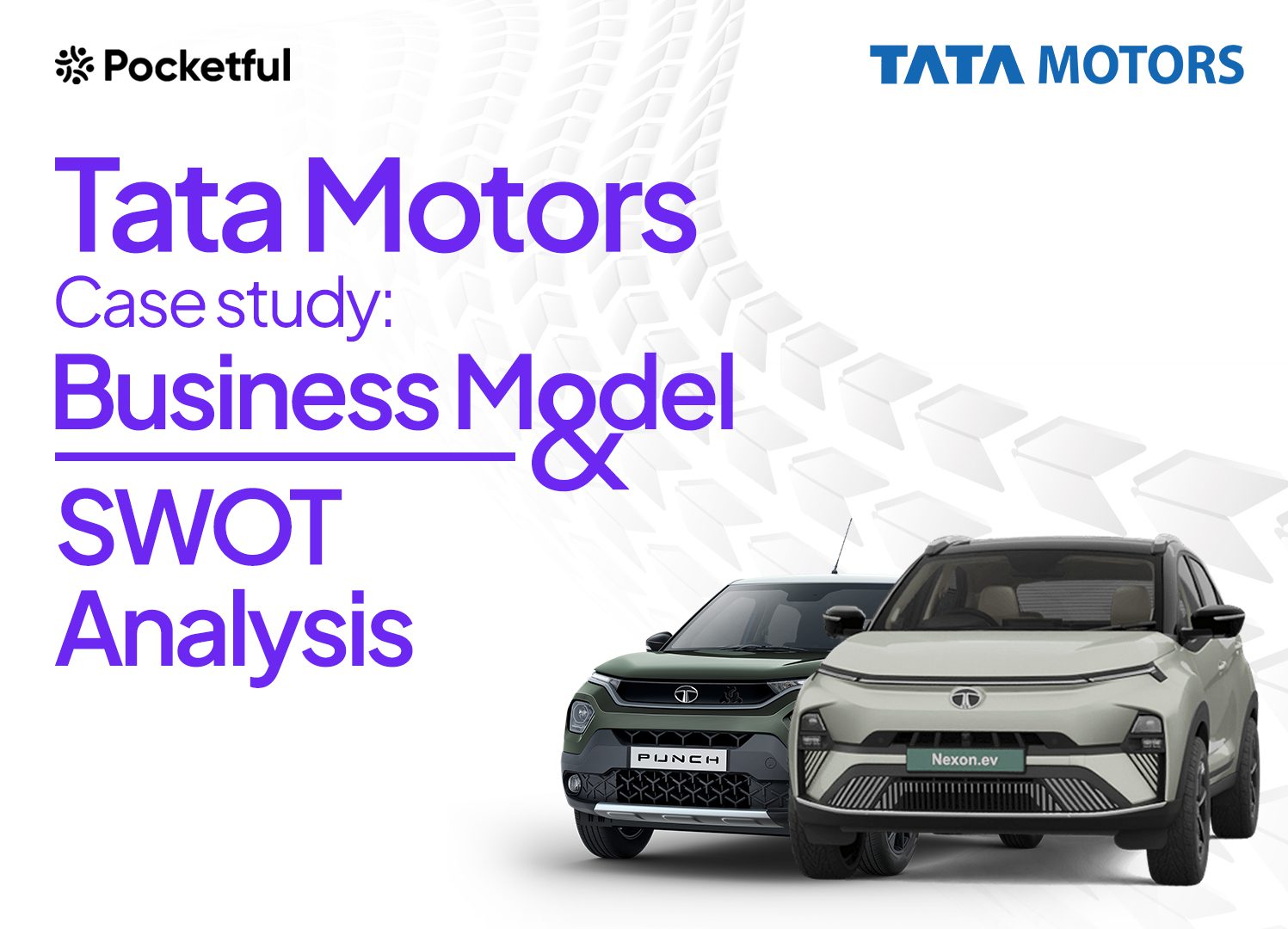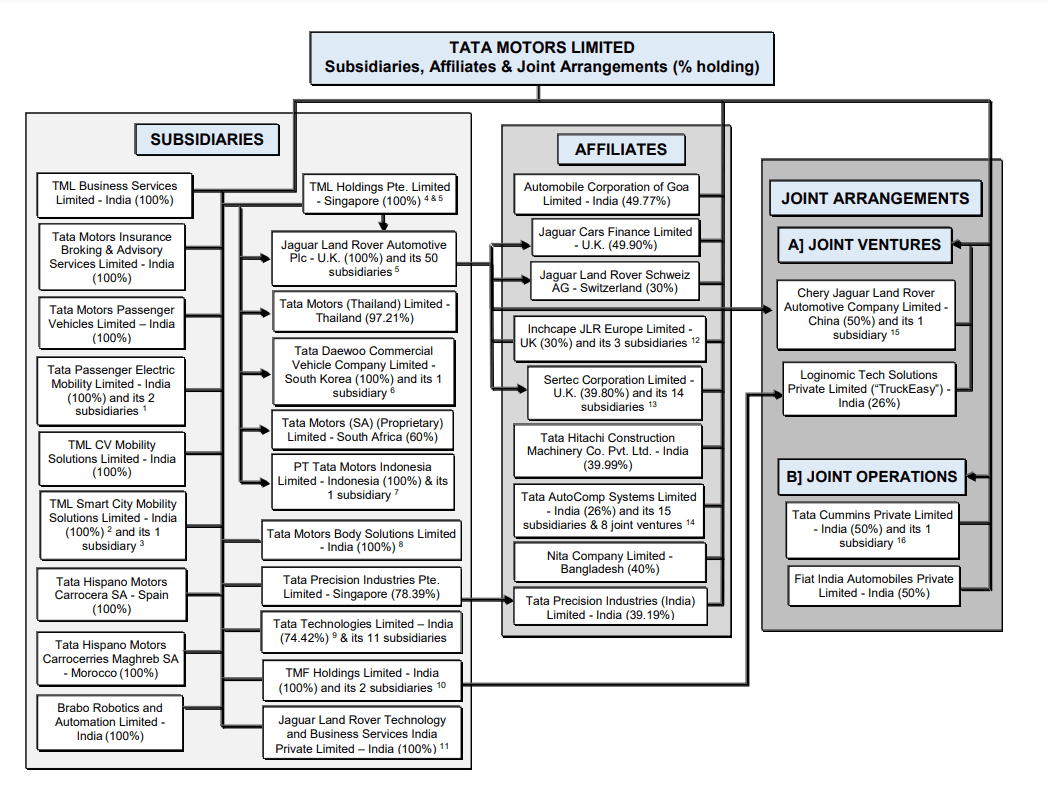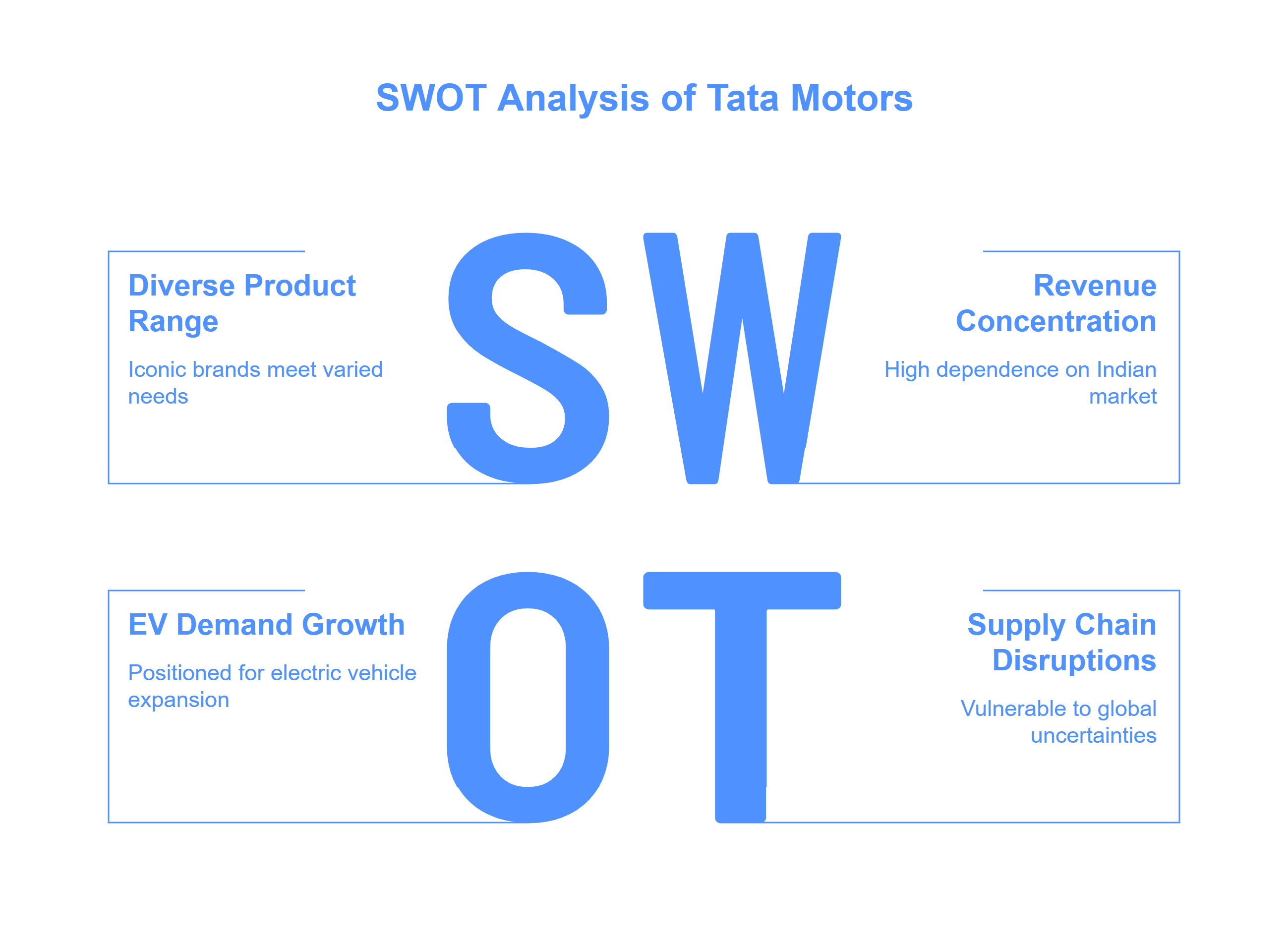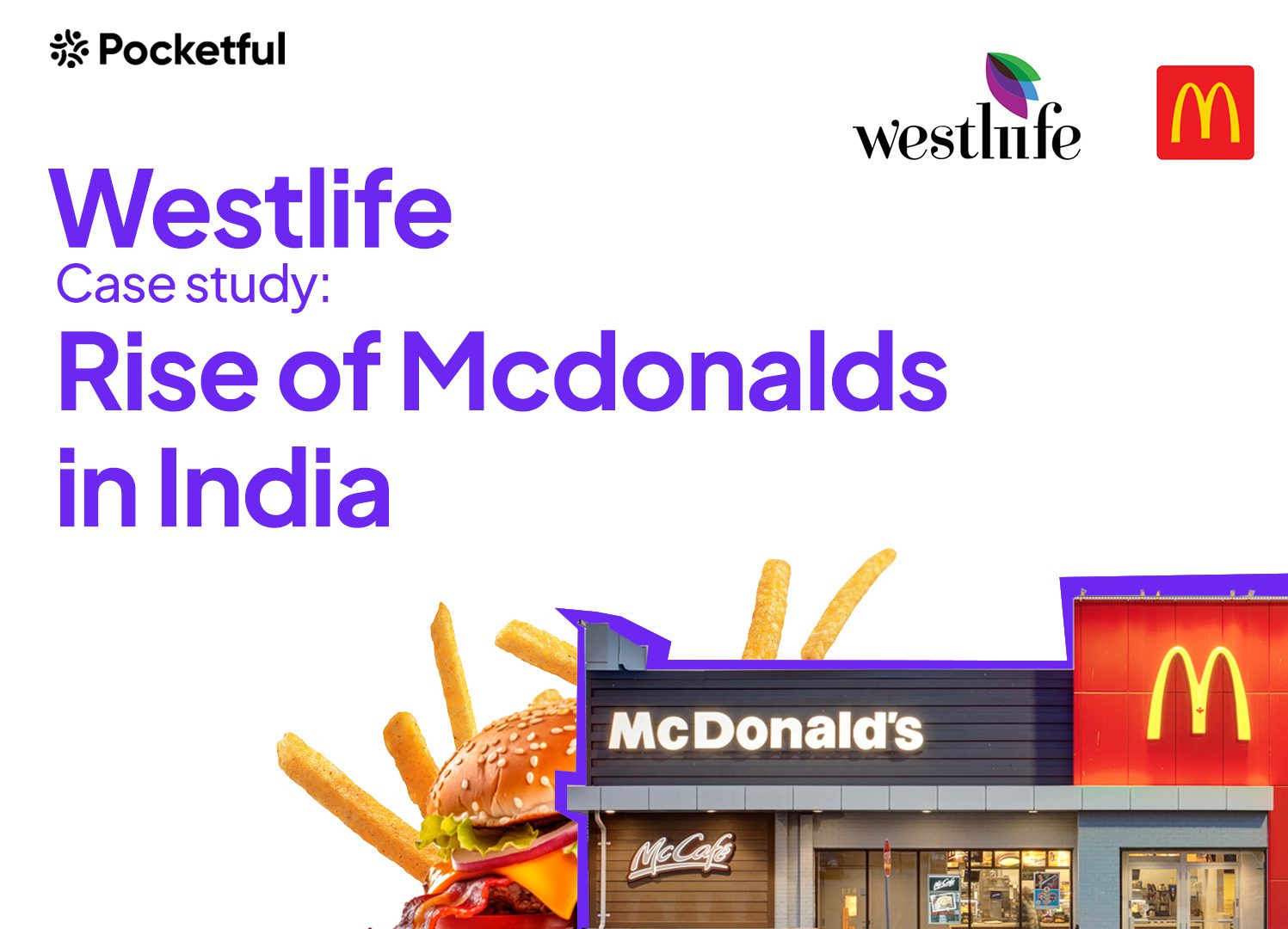The IPO market is buzzing again because Popular Vehicle and Services is looking to raise capital and is a market leader in selling and distributing old and new vehicles through its strong dealership network.
In today’s blog, we will uncover the details of the company’s financial statements, strengths, weaknesses, key performance indicators, and issue details.
Overview of Popular Vehicle and Services IPO
Popular Vehicle and Services Limited was established in 1983, and over time, it established itself as a prominent player in the market. The company sells and distributes new and old vehicles, servicing, and distribution of spare parts. They also provide driving classes for new learners and engage in third-party financing and insurance. The company was established as the first batch of dealers by Maruti Suzuki.

Network
The company has a vast network which includes 61 showrooms, 133 sales and booking outlets, 32 pre-owned vehicles showrooms, 139 authorized service centres, and 24 warehouses, which is spread around 14 districts in Kerala, 12 districts in Tamil Nadu, and 9 districts in Maharashtra.
In FY 2023, the company serviced 7,91,360 vehicles, 5,212 luxury vehicles, 1,63,013 commercial vehicles, 1,918 electric two-wheelers, and 857 three-wheelers through their 139 authorized service centers.
Promoters
The company’s promoters are John K. Paul, Francis K. Paul and Naveen Philip; they together own 65.79% shares of the company.R
Read Also: Pune E-Stock Broking Limited IPO: Key Details, Business Model, Financials, Strengths, and Weaknesses
Details of the Issue
To raise the 601.55 crores that Popular Vehicles and Services Ltd. is seeking, a combination of both offers for sale (roughly 351.55 crores) and a new issue (roughly 250 crores) is being implemented. The lot of the issue will be 50 shares, the lower price band is 280 INR and the upper price band is 295 INR per share.
Key Details
| Face Value of Share | INR 2 per share |
| Price Band | INR 280 to INR 295 |
| Market Lot | 50 Shares |
| Total Fresh Issue Size | 250 Crores |
| Total Offer for Sale | 351.55 Crores |
| Employee Discount | INR 28 per share |
Timeline of IPO
| IPO Open Date | 12th March 2024 |
| IPO Close Date | 14th March 2024 |
| Finalization of Allotment | 15th March 2024 |
| Refund & Credit of shares into Demat account | 18th March 2024 |
| Listing Date on NSE & BSE | 19th March 2024 |
Allotment Size
| Applicant | Market Lot | Share | Amount (INR) |
|---|---|---|---|
| Retailer (Min) | 1 | 50 | 14750 |
| Retailer (Max) | 13 | 650 | 191750 |
| Small High Net Worth Individual (Min) | 14 | 700 | 206500 |
| Small High Net Worth Individual (Max) | 67 | 3350 | 988250 |
| Big High Net Worth Individual (Min) | 68 | 3400 | 1003000 |
Objective of the Issue
The primary objective of the IPO is to repay a significant portion of the debt.
Read Also: Mahindra & Mahindra Case Study: Products, Financials, KPIs, and SWOT Analysis
Financial Highlights of Popular Vehicle and Services IPO
Balance Sheet
| Particulars | 31st March 2023 | 31st March 2022 | 31st March 2021 |
|---|---|---|---|
| Total Non-Current Assets | 768.159 | 656.185 | 552.397 |
| Total Current Assets | 734.079 | 605.561 | 564.997 |
| Total Assets | 1503.780 | 1263.288 | 1118.936 |
| Equity | 343.044 | 279.886 | 246.002 |
| Total Non-Current Liabilities | 497.123 | 461.160 | 381.313 |
| Total Current Liabilities | 663.613 | 522.242 | 491.621 |
Income Statement
| Particulars | 31st March 2023 | 31st March 2022 | 31st March 2021 |
|---|---|---|---|
| Revenue from Operations | 4875.002 | 3465.879 | 2893.525 |
| Total Income | 4892.628 | 3484.199 | 2919.252 |
| Total Expenses | 4807.761 | 3435.653 | 2872.000 |
| Profit before tax | 84.867 | 48.546 | 47.252 |
| Profit after tax | 64.074 | 33.669 | 32.455 |
Cash Flow Statement
| Particulars | 31st March 2023 | 31st March 2022 | 31st March 2021 |
|---|---|---|---|
| Cash flow from operating activities | 108.89 | 69.69 | 95.174 |
| Cash flow from investing activities | (79.620) | (41.384) | (6.650) |
| Cash flow from financing activities | (23.844) | (65.253) | (70.676) |
KPIs
| Particulars | 31st March 2023 | 31st March 2022 | 31st March 2021 |
|---|---|---|---|
| EBITDA Margin | 4.80% | 5.13% | 5.99% |
| Return on Equity (ROE) | 18.68% | 12.03% | 13.19% |
| Debt to Equity Ratio | 1.47 | 1.33 | 1.44 |
| Profit after Tax Margin | 1.31% | 0.97% | 1.11% |
| Return on Capital Employed (ROCE) | 18.32% | 16.79% | 17.09% |
| Net Debt/EBITDA | 2.03 | 1.97 | 1.68 |
The EPS of the financial year ended 2022-23 comes at 10.22, based on which, the PE on the upper price band will come around 28.86x and on the lower price band will be around 27.39x.
Strengths
1. The company has a very diversified product portfolio, such as the sale of new and old vehicles, driving school, insurance, etc.
2. The company has a very vast network in Southern India, and they are expanding it to other parts of the country.
3. Though the company’s Debt-to-equity ratio has increased from 1.33 in March 2022 to 1.47 in March 2023, it is still below the industry average.
Weaknesses
1. The company is majorly dependent on manufacturers such as Maruti Suzuki, Tata Motors, etc. Any policy changes could majorly impact their performance.
2. Most of the company’s revenue comes from a specific region. Any policy changes made in the region could adversely impact the business.
3. The company has inconsistent cash flow from operating activities. They reported cash flow figures as 95.174 crores for FY 2021 and 69.69 for FY 2022.
4. The company operates at 1.31% of profit after tax margin. Any changes in the pricing of raw materials could adversely affect its margins.
Conclusion
Popular Vehicles and services have a strong presence across the country, and their dealerships are considered among the most prominent in the industry. However, there are certain risks associated with investing in this company. Hence, it is suggested for an investor to go through all the risk factors before making any investment decision.
| S.NO. | Check Out These Interesting Posts You Might Enjoy! |
|---|---|
| 1 | Hindustan Unilever Case Study |
| 2 | Case Study on Apple Marketing Strategy |
| 3 | Reliance Power Case Study |
| 4 | Burger King Case Study |
| 5 | D Mart Case Study |
Frequently Asked Questions (FAQs)
What does the Popular vehicle and services company do?
The company is engaged in selling and distribution of old and new vehicles. The company is also involved in spare parts distribution and vehicle repair in their authorized service center.
The company is experiencing turbulent cash flows. Should we be worried about this?
Whether or not this fact deters you from investing is a decision that should be taken after considering all the factors.
What is the listing date of the popular vehicle company IPO?
On NSE and BSE, the company’s listing is on 19th March 2024.
Is the popular vehicle and services company in profit?
Yes, based on the data provided by the company in their red herring prospectus, the company is posting profit from the last 3 years.
What is the minimum amount a retail investor requires to apply for a popular vehicle company IPO?
The minimum investment amount required by a retail investor is 14750 INR.

